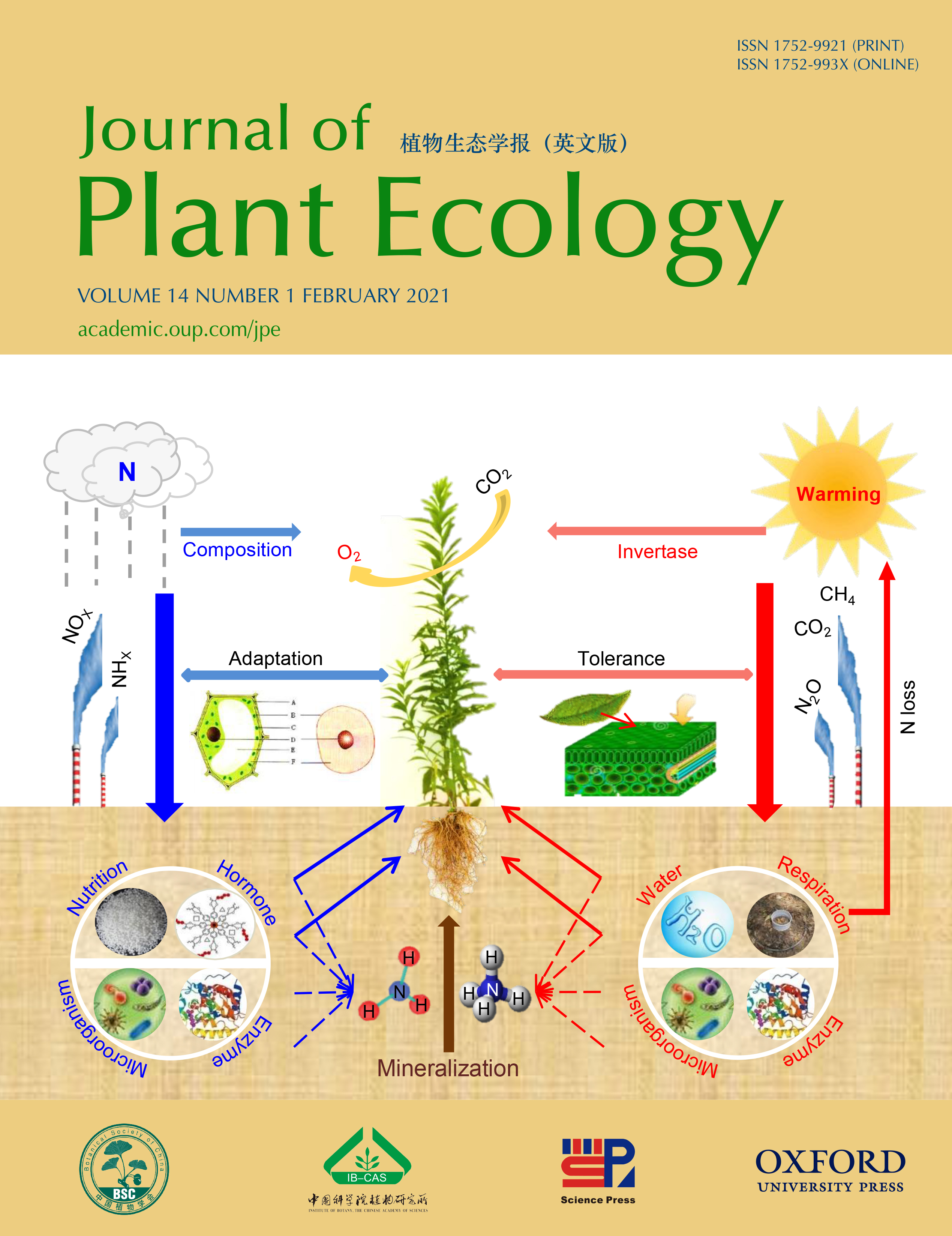Mariola Rabska, Nigel W. M. Warwick, Grzegorz Iszkuło and Caroline L. Gross
Aims
Leaf size and shape as objects of natural selection can play adaptive roles, and can change with the age of leaves. They can differ between sexes in dioecious species, and in most cases, females have larger leaves. Previous studies showed that sexes of Adriana tomentosa differed in their leaf lobing. In this study, we investigated whether there were other differences between sexes in leaf size, shape and ecophysiology, and if those differences were connected with adaptations and reproductive roles in the sexes of A. tomentosa.
Methods
Physical and chemical features of young and old leaves originating from female and male A. tomentosa plants growing in two disjunct populations in eastern Australia were measured. We determined leaf area, perimeter length, serration, circularity, aspect ratio (AR), roundness and the ecophysiological factors: specific leaf area, dry matter content, leaf moisture, relative water content, δ 13C, δ 15N isotope compositions, carbon and nitrogen contents and C:N ratio. Leaf lobing, the degree of lamina damage and the content of photosynthetic pigments were also determined.
Important Findings
In both populations studied, the sex of plants significantly influenced almost all parameters connected with leaf morphology such as area, perimeter length, circularity, AR and roundness. Contrary to expectations, males from both populations had a greater leaf area that was independent of leaf age. Male leaves were more lobed with a longer perimeter, but they were less elongated and less serrated. Only small differences between female and male leaves were observed for the ecophysiological factors. The degree of leaf damage differed between sexes but also with population. Differences between sexes in leaf area and shape were not compensated by measured ecophysiological factors. However, leaf area may be compensated by other ecophysiological mechanisms related to leaf morphology, because females had greater leaf serration in comparison to males despite the smaller leaf area.
 Volume 14 Issue 1
Volume 14 Issue 1






